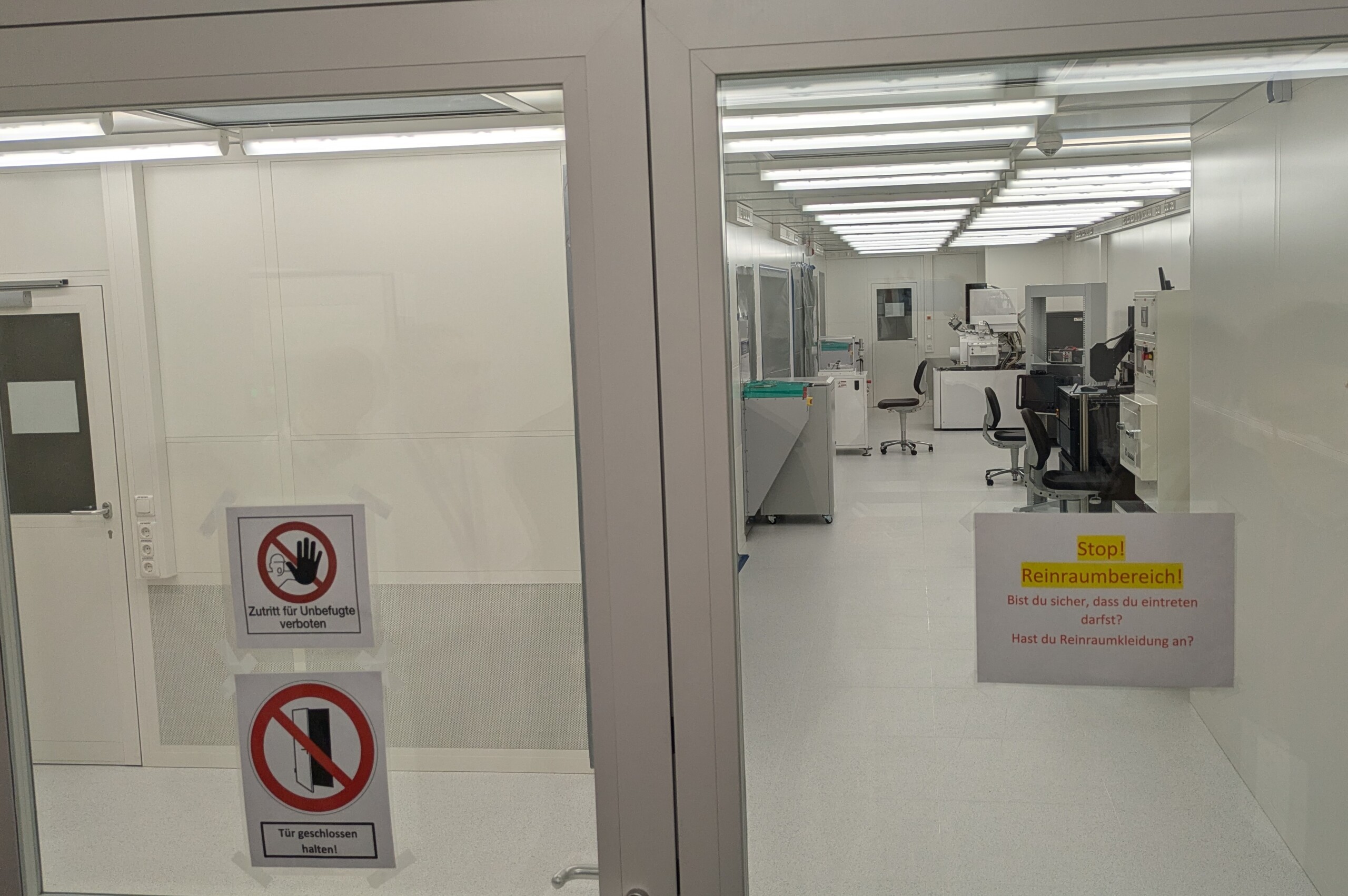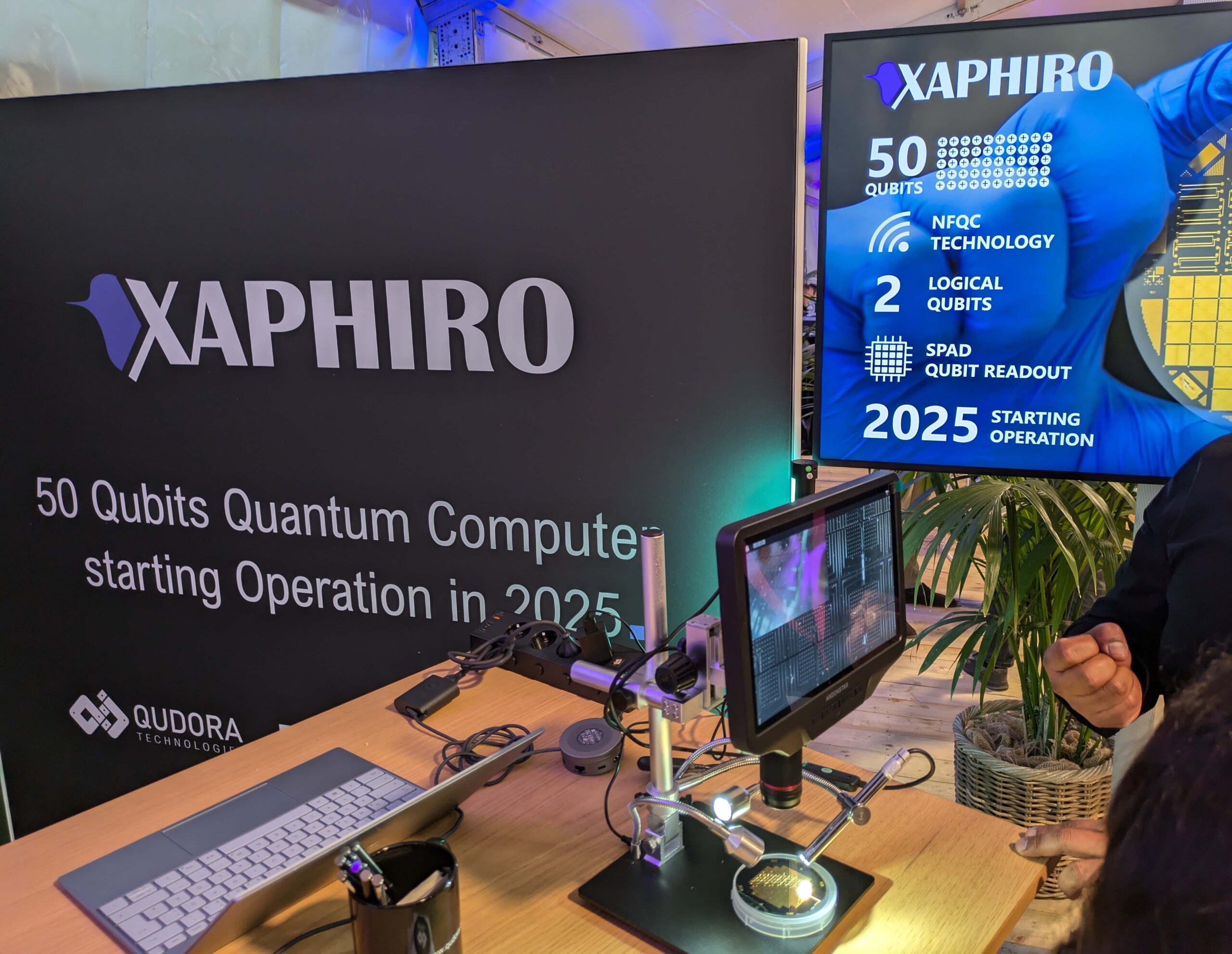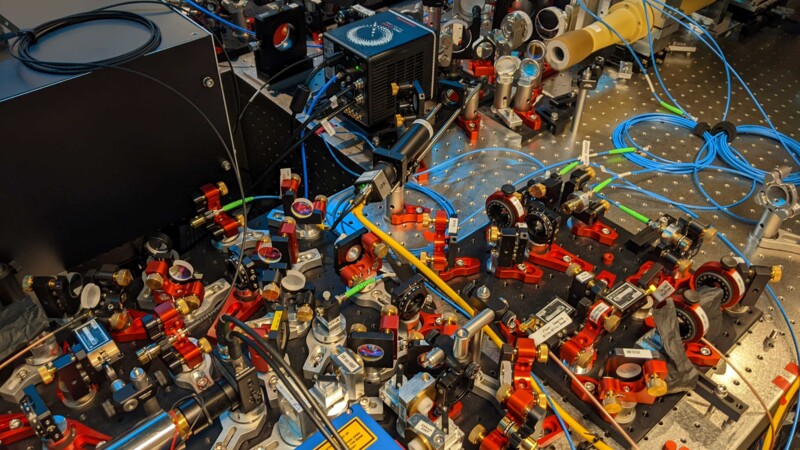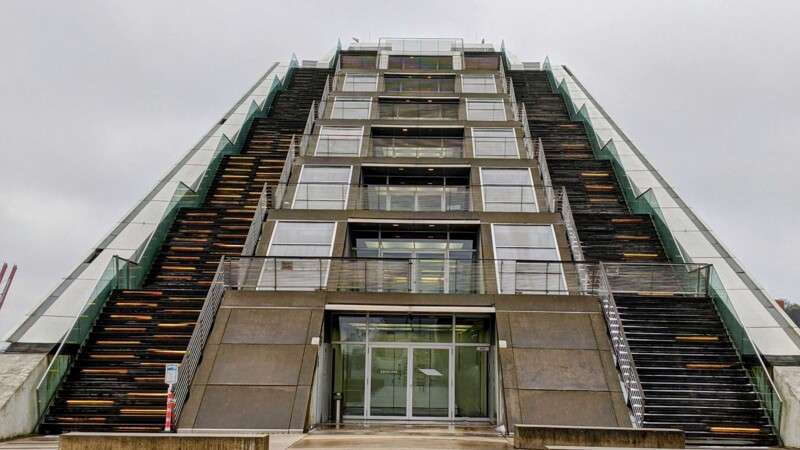Quantum computers hold enormous computing power and thus solutions to complex problems. Quantum bits (qubits) are leading to applications with the potential for breakthrough - from developing improved climate models and more efficient energy networks to highly optimised solutions for forward-looking transport systems. Yet, supercomputers are not the answer to every problem. DLR’s new centre brings together research, industry and start-ups to build new types of quantum computers. Experts are on hand to advise those considering whether quantum computing makes sense for their business. If the answer is yes, DLR's expertise and resources will be made available to the various projects. Laboratories and workshops are being set up, and the first users could be up and running in the first quarter of 2025.
The German Aerospace Center (DLR) Quantum Computing Initiative (QCI) opened the Hamburg Innovation Centre in Lokstedt on Monday (November 18, 2024) for research into quantum computers thereby ushering in an era of practical applications. The 1,640 square metre facility houses laser laboratories for building quantum computers based on ion traps, a clean room for developing quantum chips, laboratories for assembly and interconnection technology, and workshops for chip production. Not surprisingly, the centre has now found a home at NXP Semiconductors. "This quantum flat-sharing community marks our arrival in the practical phase," said Lars Reger, CTO of NXP Semiconductors.
Identifying use cases

First projects underway

Six hardware projects by start-ups, industry and DLR research have already been finalised including Xaphiro, which involved building a micro-fabricated quantum computer prototype with a 50-qubit quantum processor, and QSea II, the first modular and scalable demonstrator for a German-made ion trap quantum computer, which was presented in Lokstedt in May. The overall goal of the QSea project is to make innovations in quantum technologies available to society and transfer them to commercial applications. It envisions quantum computers as an all-purpose weapon, i.e., a computer that fixes all kinds of problems. "But we are not there yet, and we need plenty of patience," said Dr Robert Axmann, Head of the DLR QCI. Until this dream comes true, the quantum annealer, which is designed for specific tasks, is considered bridging technology.
How quickly will it continue?

Yet, the technology is making leaps and bounds. "Hardware and software are being developed simultaneously and at an incredible pace," said Alois Krtil, CEO of the Artificial Intelligence Centre, which is also home to the Hamburg Quantum Innovation Capital (HQIC). "We are currently experiencing the second quantum revolution. We expect the next step to take about ten years." Given the current pace, significant success in niche areas is possible in just five years, he noted, urging people to hurry. "We need to create the framework now, such as a responsible quantum strategy, similar to the responsible AI philosophy, and train the necessary talent." Working with quantum computing needs to be rethought. "We need people who can translate problems from the binary world to be understood by the hardware of quantum computers." The sooner the better, said the futurist. Krtil is delighted by the launch of the Innovation Centre. "Now it's official. We've made the leap from theory to practice.”
ys/pb
Sources and further information
More
Similar articles

Rymax One to make Hamburg leading quantum computing centre

Is Hamburg ready for quantum leap?

Quantum computing to boost airport handling
